I. Introduction
Extreme heat has become one of the most overlooked workplace hazards. As climate change drives temperatures higher across the United States, workers in outdoor and non-climate-controlled environments are facing greater risks than ever before. Each summer sets new records—and with that, the danger to human health grows.
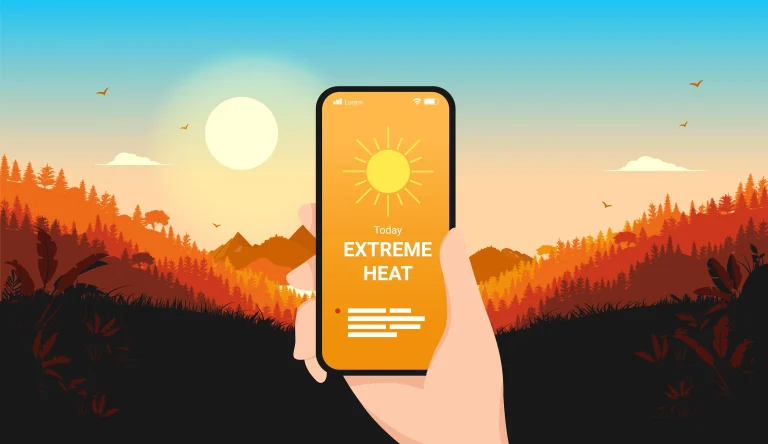
The Occupational Safety and Health Administration (OSHA) has taken steps to address this issue by implementing heat safety standards and guidance to ensure that workers aren’t left vulnerable. These measures are essential—not only for worker health, but for holding employers accountable. OSHA’s heat standards are crucial for protecting workers’ lives and ensuring proactive workplace practices. Relaxing these standards would put thousands at risk.
II. The Rising Threat of Heat in the Workplace
In recent years, the U.S. has experienced an alarming increase in the number and severity of heat waves. From California to Texas to the Midwest, excessive heat warnings have become routine during the summer months. For many workers, this isn’t just an inconvenience—it’s a life-threatening reality.
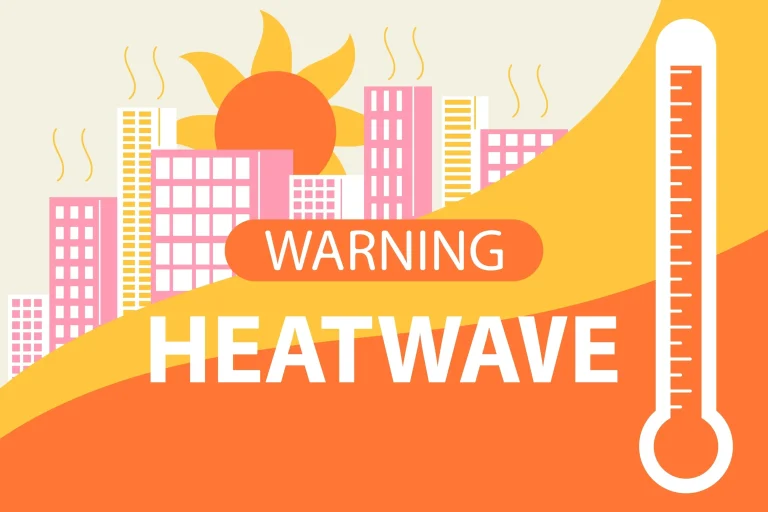
According to data from the Bureau of Labor Statistics (BLS), between 2011 and 2020, an average of 38 workers per year died from heat-related job-related exposure. Thousands more suffer from heat exhaustion, dehydration, and heat stroke. Experts believe, however, that the actual number of heat-related incidents is underreported.
Industries most affected include construction, agriculture, warehousing, delivery services, landscaping, and manufacturing, especially where physically demanding tasks are carried out without air conditioning or adequate rest breaks. Workers in these roles often endure extended exposure to high temperatures, significantly raising their risk of severe illness or even death.
III. What Are OSHA’s Heat Standards?
To address this growing hazard, OSHA launched the National Emphasis Program (NEP) on heat-related hazards in 2022. This initiative prioritizes workplace inspections in high-risk industries when the National Weather Service issues a heat advisory or warning. The NEP also focuses on outreach, education, and enforcement to prevent heat illness before it happens.
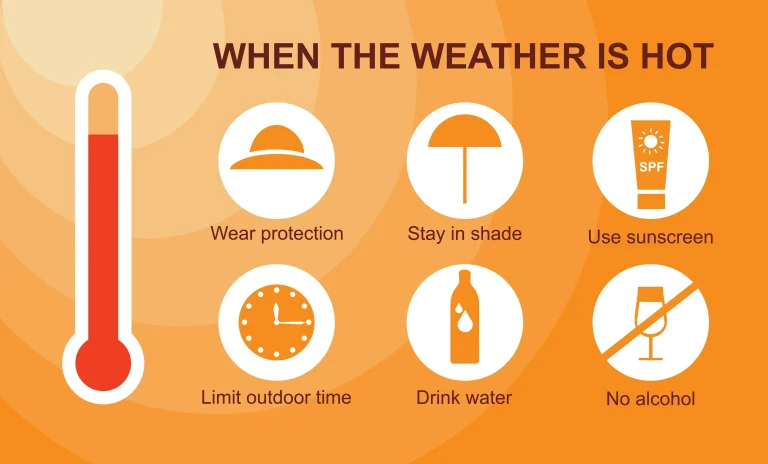
While OSHA has yet to finalize a permanent federal heat standard, current guidance emphasizes:
- Access to water, rest, and shade: Workers should be provided with frequent water breaks, shaded or cooled rest areas, and regular breaks during hot conditions.
- Monitoring workers for signs of heat illness: Supervisors must be trained to recognize symptoms such as confusion, dizziness, or rapid heartbeat.
- Acclimatization plans: Employers should gradually expose new or returning workers to hot environments over 7–14 days to build tolerance.
OSHA is currently developing a permanent standard, which would solidify these practices into enforceable rules. Until then, the agency relies on its general enforcement powers and specific programs like the NEP.
IV. Why OSHA’s Standards Are Important
Heat-related illnesses are preventable—but only when proper safety practices are in place. OSHA’s heat safety guidelines help prevent everything from mild heat exhaustion to life-threatening heat stroke.
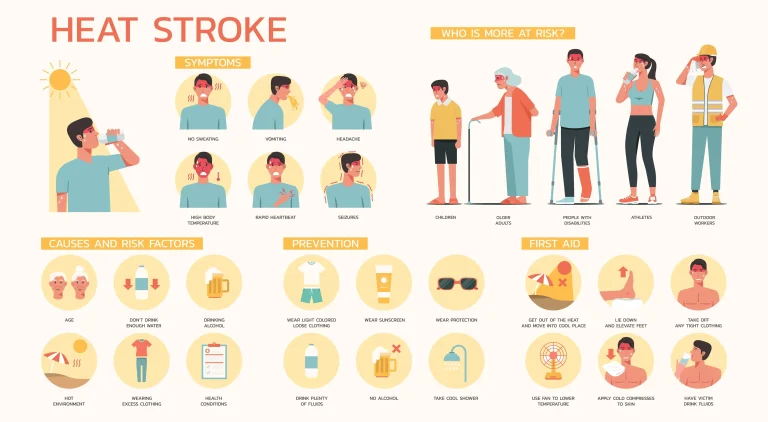
These standards help set clear expectations for employers, pushing them to put safety measures in place before the heat becomes dangerous. When employers follow OSHA’s guidance, they create work environments that are not just safer, but also more respectful and supportive of their teams. That might mean installing cooling systems, adjusting work schedules to avoid peak heat, or making sure everyone knows how to spot the warning signs of heat-related illness.
Just as importantly, OSHA’s efforts give workers a voice. Employees should feel safe speaking up about health risks, and strong standards help ensure they can do that without worrying about retaliation. It’s about making safety a shared responsibility, backed by real protections.
V. Employer Responsibilities Under OSHA
Even in the absence of a specific federal heat rule, OSHA holds employers accountable through the General Duty Clause of the OSH Act. This clause requires employers to provide a workplace “free from recognized hazards that are causing or likely to cause death or serious physical harm.”
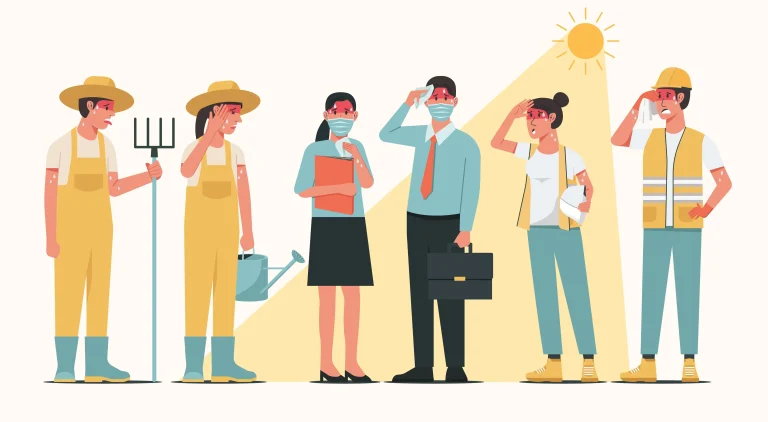
Employers who fail to protect workers from heat hazards may face serious consequences. OSHA has cited numerous companies for neglecting basic heat safety measures, including lack of water access, failing to train employees, and ignoring symptoms of illness. Penalties can range from thousands to hundreds of thousands of dollars, depending on the severity of the violation.
To avoid these outcomes—and more importantly, protect workers—employers should develop a written Heat Illness Prevention Plan (HIPP). A comprehensive HIPP should include:
- Clear procedures for preventing heat illness
- Emergency response protocols
- Monitoring and acclimatization strategies
- Employee and supervisor training
Daily monitoring of conditions, such as using the heat index, can help identify high-risk periods and trigger appropriate responses, such as shortening shifts or increasing rest breaks.
VI. These Standards Shouldn’t Be Relaxed
Some argue that heat safety regulations place too much burden on businesses or slow down productivity. But the cost of inaction is far greater, measured in human lives, injuries, lost workdays, and long-term health effects.
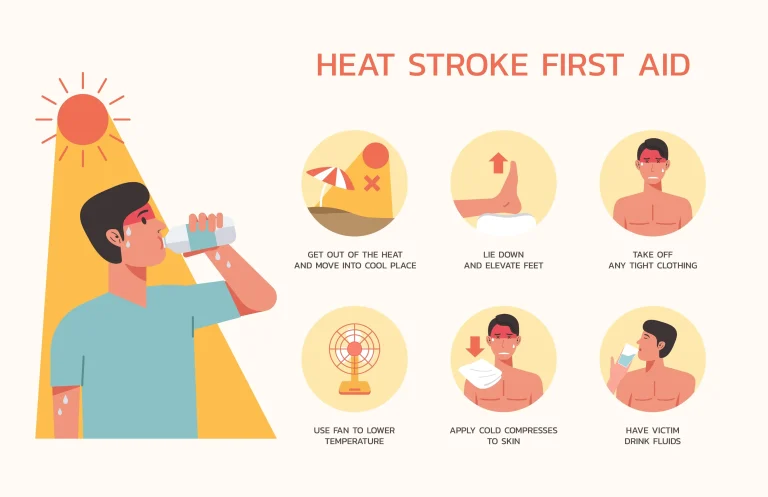
Relaxing OSHA’s heat standards would be a catastrophic mistake. It would send the message that worker safety is optional and open the door to greater exploitation of vulnerable labor forces, particularly in low-wage, seasonal, and immigrant-heavy industries.
In a warming world, we need stronger protections, not weaker ones. Heat is no longer a rare occurrence; it’s a predictable threat. Employers must adapt, and OSHA’s role is to ensure they do so responsibly.
VII. Conclusion
As temperatures continue to rise across the U.S., heat-related risks in the workplace will only intensify. OSHA’s standards and enforcement initiatives provide a critical safeguard for workers who are often overlooked. These protections not only save lives but promote a culture of safety and accountability.
We cannot afford to let these standards slip. Whether you’re an employer or a worker, knowing your rights and responsibilities when it comes to heat safety is essential.
Want to learn more about workplace safety and your rights? Sign up for OSHA 10 or 30-Hour training programs today and take control of your safety future.

